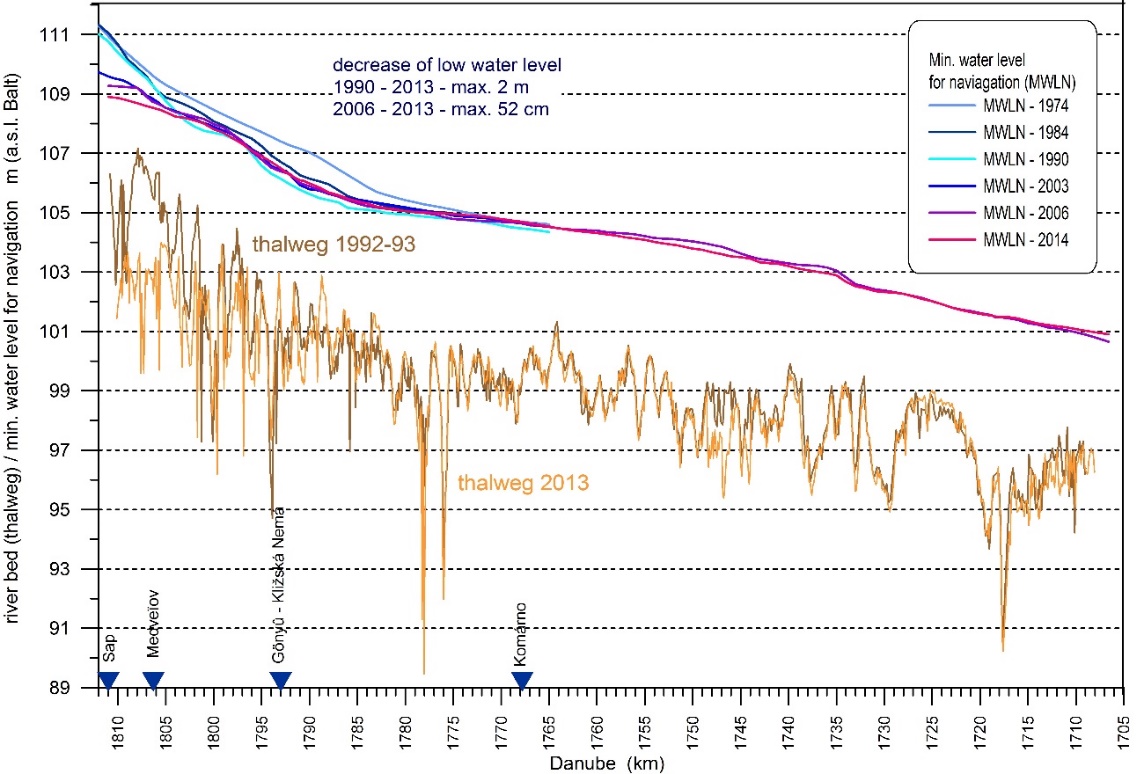DanubeSediment - What does it take to calculate a sediment budget?
17-10-2019
The collection and analysis of data for the first sediment balance of the Danube River is finished! Our main tasks were to gather, sort and analyse data required for the quantification of downstream sediment fluxes and for the identification of sediment sources and sinks.
To calculate the sediment balance of the Danube, we needed to collect all the components of the sediment budget. The first task was to collect data on suspended sediment and bedload transport, which can be found in the report “Sediment Monitoring in the Danube River”. Then, we gathered additional information, such as spatial and temporal variations, morphological changes, sediment dredging and feeding as well as the composition of riverbed material and reference conditions. This also included the comparison of corresponding measurement methods and the data availability between countries and, consequently, between the upper, middle and lower Danube sections. The figure below shows an example for the Low-flow Navigable Water Level (LNWL), which can be used as an indicator of the long-term morphological development.
The results of this analysis can be read in the newly published DanubeSediment report: “Data Analyses for the Sediment Balance and Long-term Morphological Development of the Danube”. You can download it here.
Two further reports on the sediment balance will follow soon:
- “Assessment of the sediment balance of the Danube and its major selected tributaries”
- “Long-term morphological development of the Danube River in relation to the sediment balance”

Long-term changes in the Low-flow Navigable Water Level (LNWL) along the Slovak-Hungarian Danube section (period 1957-2014).
